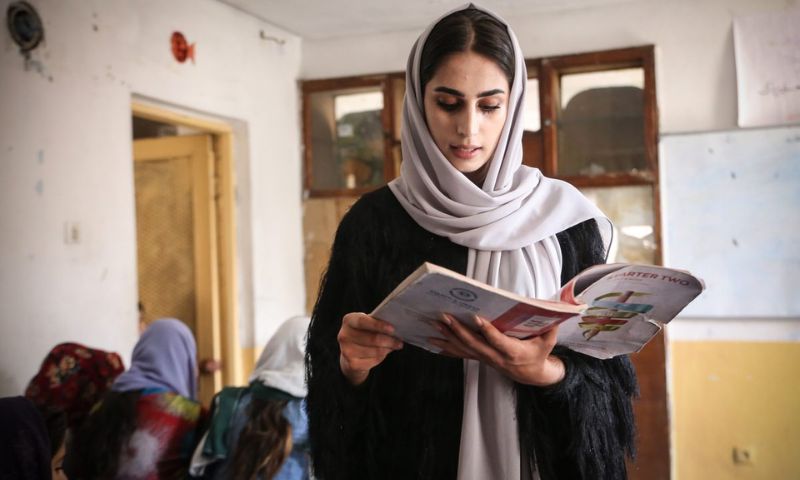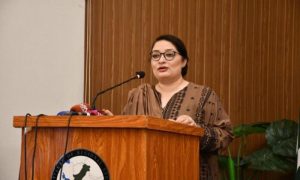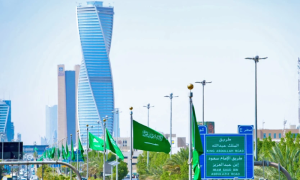LONDON: In a press conference shortly after their ascent to power on August 15, 2021, the Taliban made a striking pledge: to allow women to study and work within their framework, fostering a more inclusive society. However, as we reflect on the past two years, these promises have been replaced by a series of actions that have systematically eroded women’s rights. The Taliban’s grip on power has seen an unprecedented suppression of women’s freedoms, with a steady stream of religious edicts and regional decrees enforcing their harsh policies across Afghanistan.
The Erosion of Promise
In the aftermath of their takeover, the first indication of the Taliban’s stance on women emerged in September 2021, as secondary schools for girls remained shuttered despite assurances of inclusivity. As girls were barred from classrooms, Afghan women began experiencing a stark divide in their roles within society. Female employees of the Kabul city administration were confined to their homes, only those with roles deemed unfit for men were permitted to work.
Amidst these challenges, a flicker of hope remained. Despite setbacks, universities had remained operational, leading some to anticipate a shift in policy. However, the reality on the ground was far grimmer. The Taliban’s Ministry of the Propagation of Virtue and the Prevention of Vice replaced the former Ministry of Women’s Affairs, reinforcing the severity of their stance on women’s issues.
Promised Progression, Fulfilled Regression
From December 2021 to March 2022, the struggle for women’s rights escalated. As women sought the right to education and work, their peaceful marches were met with brutal crackdowns. In January 2022, prominent female activists were detained and subjected to physical abuse, highlighting the government’s hostility towards dissent. Incremental travel restrictions were enforced, with women required to be accompanied by male relatives for journeys exceeding 72km.
The fleeting promise of reopening girls’ schools in March 2023 was quickly revoked, illustrating the vacillation between hope and despair. The government’s explanations for such measures centred around a return to traditional Islamic values, while conservative elements within their support base further shaped these policies.
Redefining Identity Through Dress Codes
In May 2022, the Taliban introduced a decree imposing stringent dress codes for women, marking a visible change in women’s public appearance. Vibrant attire was replaced by black abayas and burkas, as women complied with the rules to regain access to education and work, even though their options were increasingly limited. The banishment of women from public life led to a surge in destitute women begging on the streets, and their economic independence was obliterated.
Shrinking Spaces
By October 2022, glimpses of hope for education rekindled, only to be extinguished once again. A divided leadership was evident within the Taliban, with elements advocating for women’s education clashing with hardliners who continued to curtail freedoms. The ban on women in public spaces, such as parks and gyms, escalated, and in December 2022, higher education for females was suspended indefinitely, signifying a grave setback for Afghan women’s progress.
The Final Blow
As the Taliban clamped down further, July 2023 saw beauty salons being shut down, robbing women of one of the last remaining spaces for social interaction. Despite mounting challenges, pockets of resistance persist. Secret underground schools and women-led NGOs operating discreetly continue to challenge the oppressive regime.

























